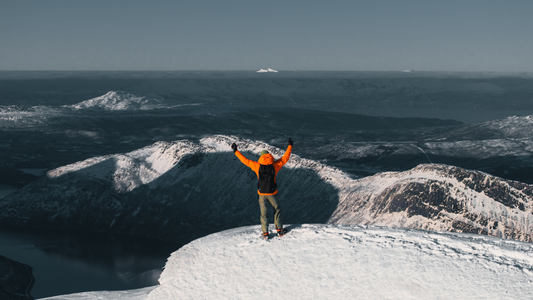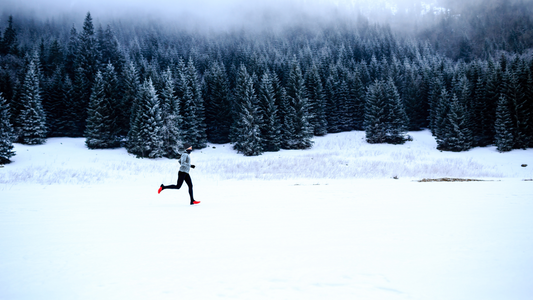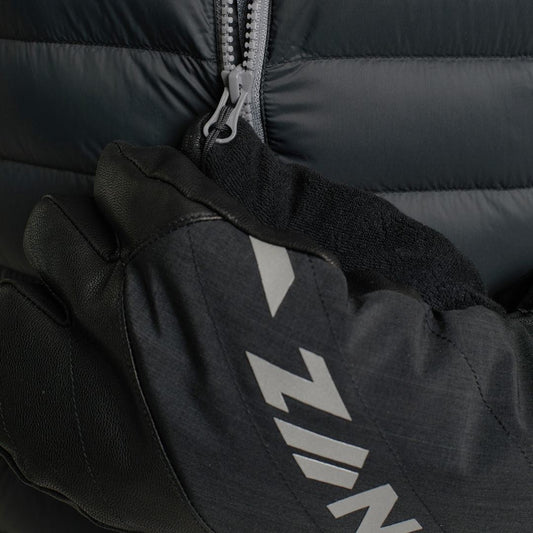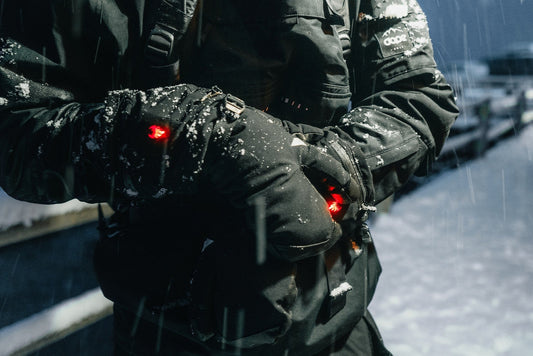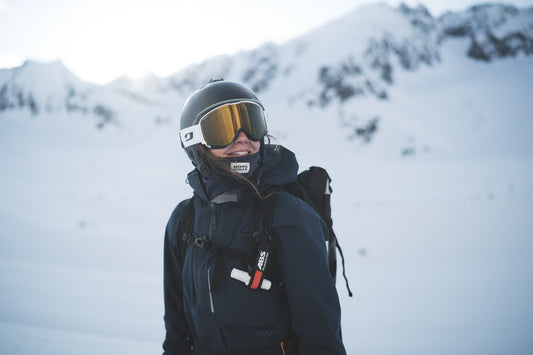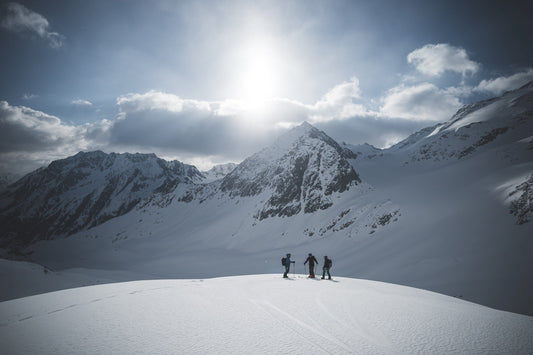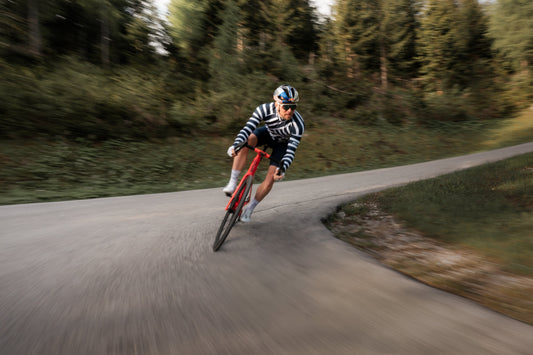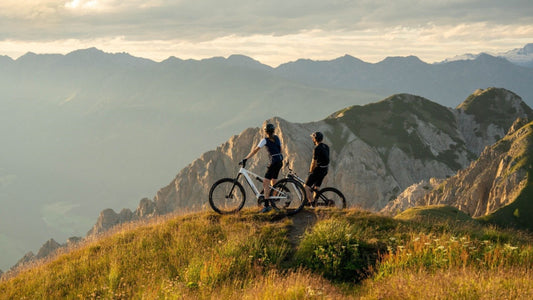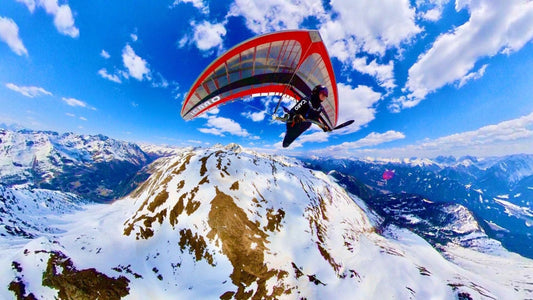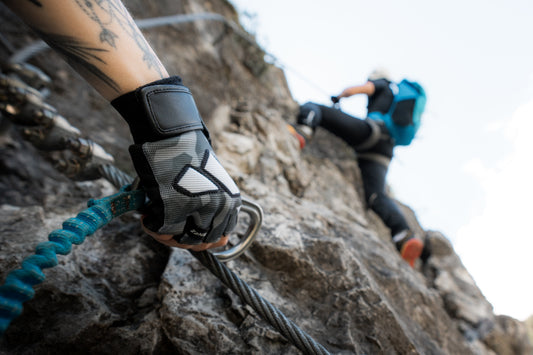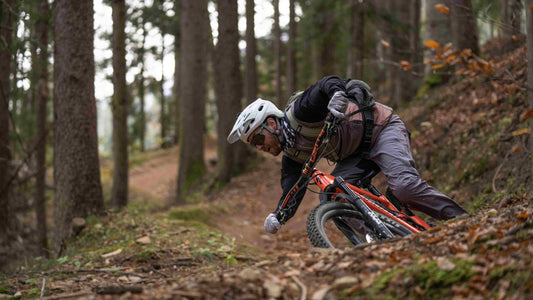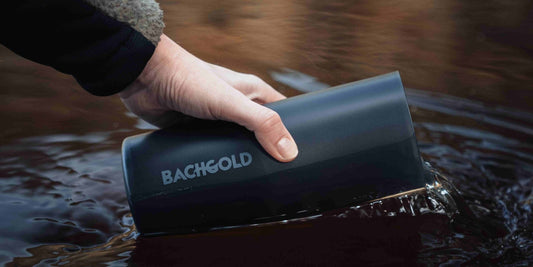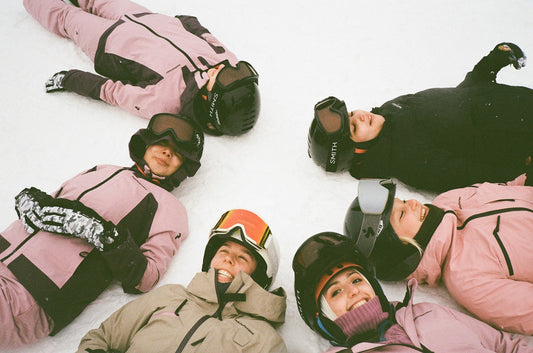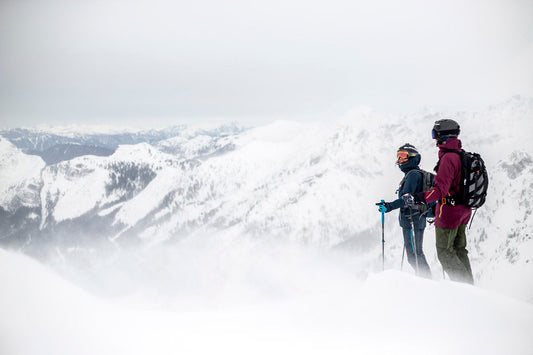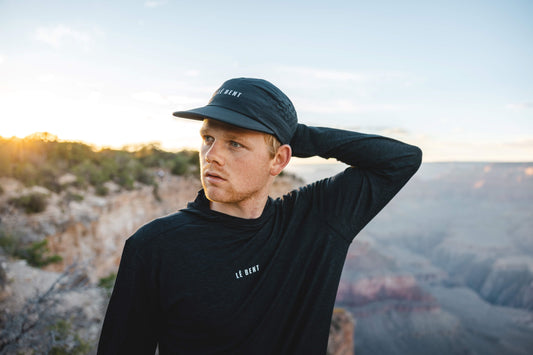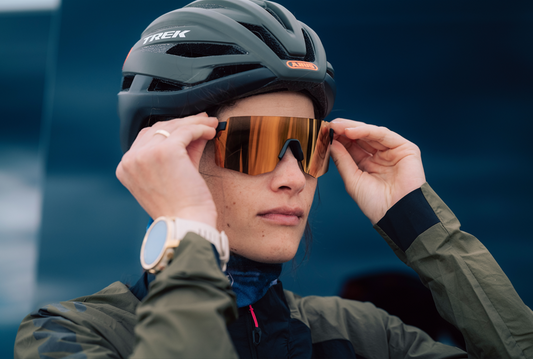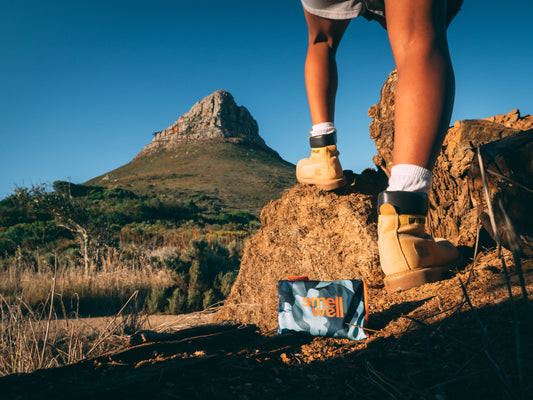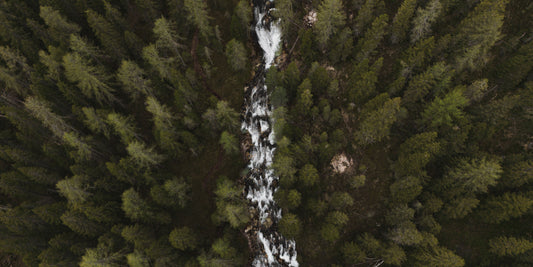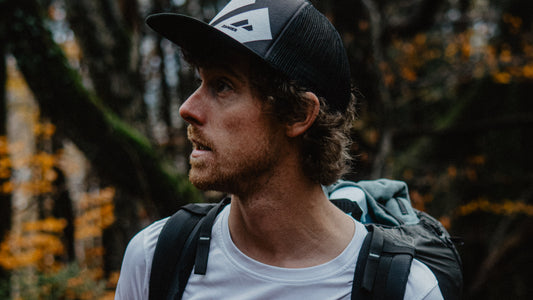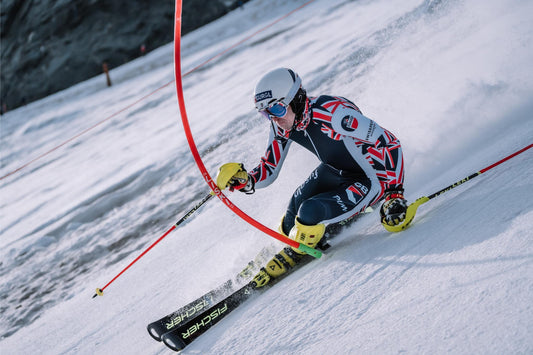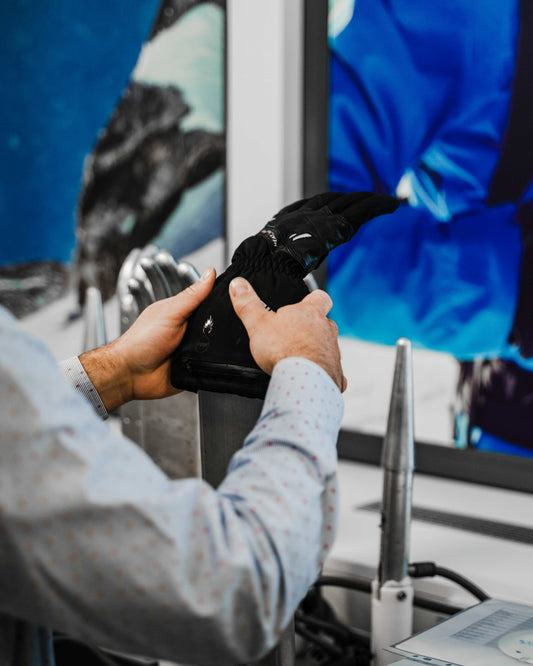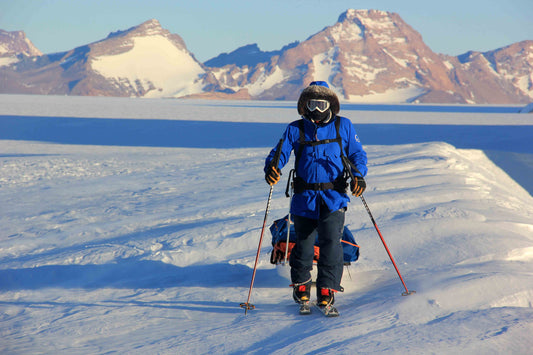Whether skiing, snowboarding or cross-country skiing - in order to be able to enjoy your sport in winter, to perform well and to minimize the risk of injury, it is important that you keep yourself in shape over the summer. With endurance, coordination and muscle training you get your body used to the upcoming loads already in the summer. How to do this best and what you should pay attention to? The winter sports athletes of our #zanierfamily have shared their training tips with us!
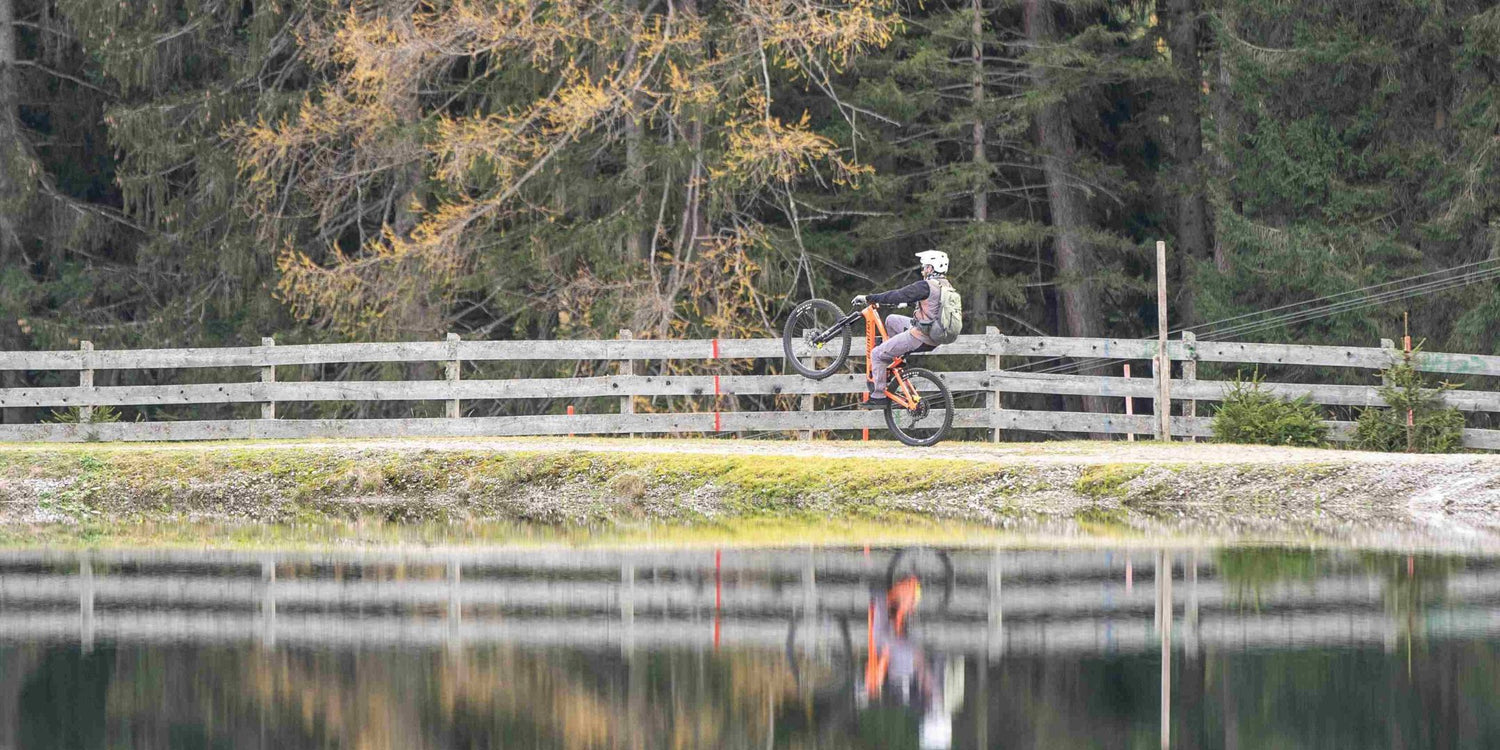
Your summer, your preparation: endurance training especially for winter athletes.
First of all, the focus is on the development of basic endurance and fitness. Endurance training not only improves the performance of the cardiovascular system, but also makes the muscles' energy supply more efficient. This lays the foundation for the subsequent strength and endurance training.
Running, cycling or hiking - in summer you have a wide range of sports to train your endurance. Jogging is flexible, inexpensive and effective. For competitive athletes, jogging is therefore usually an integral part of their training throughout the year. Jogging is used to warm up, build stamina and shut down the body after exercise. This also applies to other running sports such as trail running or Nordic walking. Cycling is also ideal for basic and strength endurance training. Admittedly - ski rollers look a bit strange, but they provide excellent training for endurance and technique and are a good substitute for cross-country skiers and biathletes.
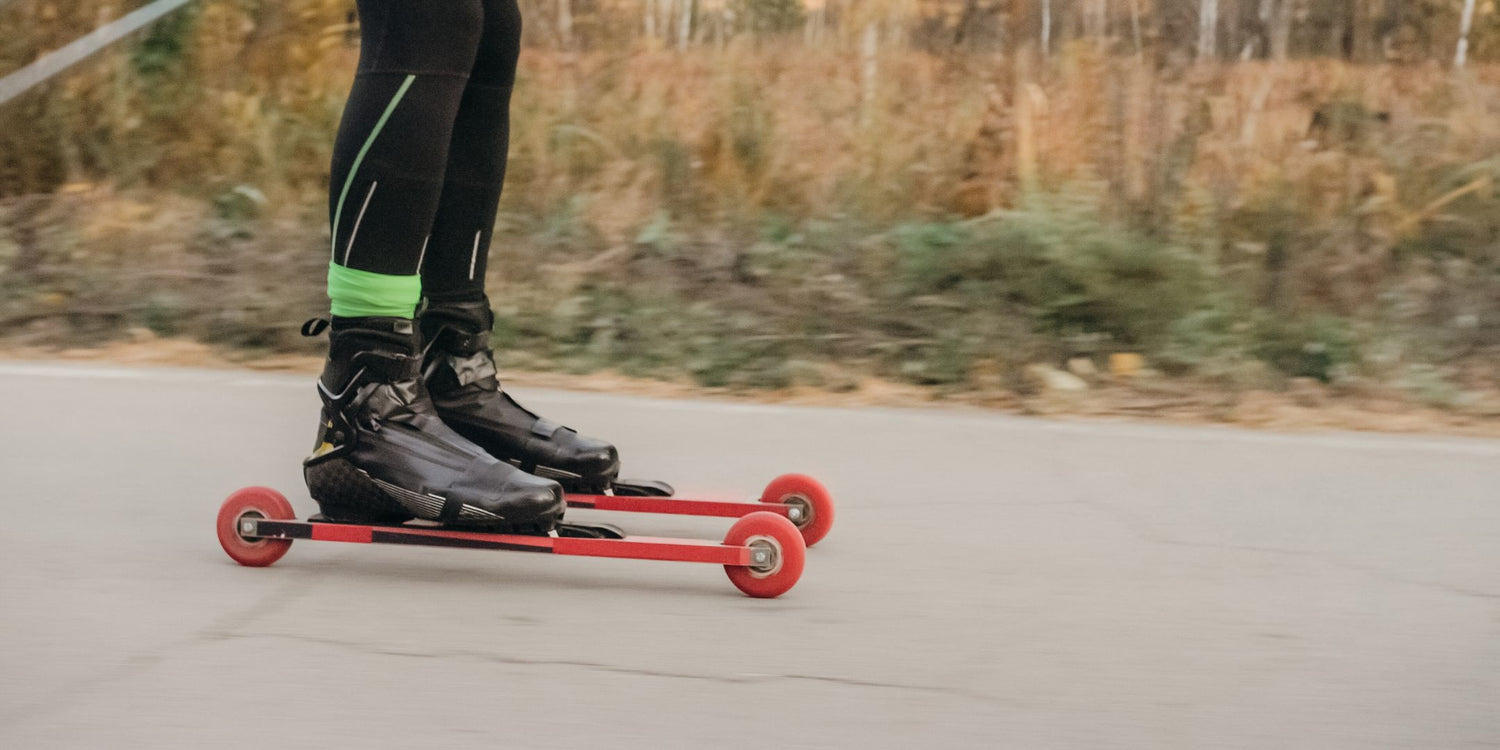
Hiking and mountain climbing not only strengthen the leg muscles, but also train the cardiovascular system. Although hiking does not involve high levels of exertion, it is still extremely effective. Even light hikes have positive effects on the heart and circulation.
Upside down? Coordination & balance for winter athletes.
Winter sports require good coordination and balance. To train these specifically for skiing, you should choose equipment and exercises that have similar requirements. For example, mastering a slalom course on inline skates can train balance, sense of rhythm and the ability to change quickly. Balancing on unstable surfaces in conjunction with specific movements or performing various tasks improves coupling skills. In addition, exercises such as rapid adaptation of movement sequences or juggling can improve motor responsiveness and rhythmic skills. Climbing is also an excellent activity to prepare for the winter season, as skiing also requires fitness, sure-footedness and a sense of balance.
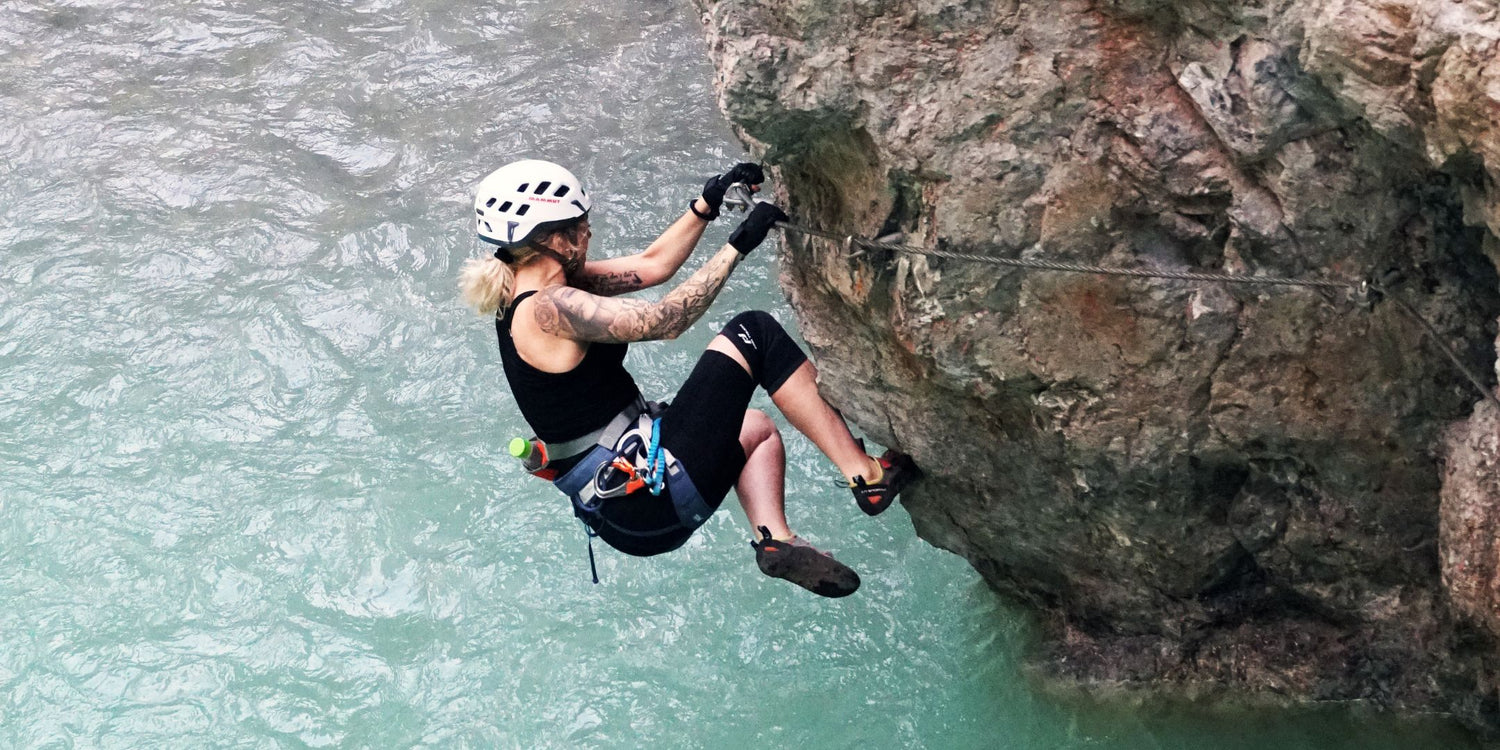
Snowboarding in particular requires very versatile and demanding movement sequences, which are often performed crosswise and also on both sides. As a training, movements can therefore simply be performed in an unfamiliar way, such as kicking with the "wrong" foot when playing soccer, occasionally buttering the sandwich with the "wrong" hand, or walking backwards through the apartment. These exercises are simple and inexpensive, but can greatly improve coordination skills.
Prevent injuries through muscle building.
Strength training is important to strengthen muscles and prevent injuries. Exercises such as squats, lunges, deadlifts, bench presses and shoulder presses are especially helpful in strengthening the muscles in the legs, core and arms. Plyometric exercises are explosive movements, such as jumps, squat jumps, burpees (the fluid combination of squats, push-ups and stretch jumps) and medicine ball throws, which you can use to build muscle strength and endurance. Winter sports require good full-body strength as different muscle groups work simultaneously. Kettlebell swings, rowing, rope pulls, pull-ups and planks help improve stability, coordination and strength in different muscle groups.
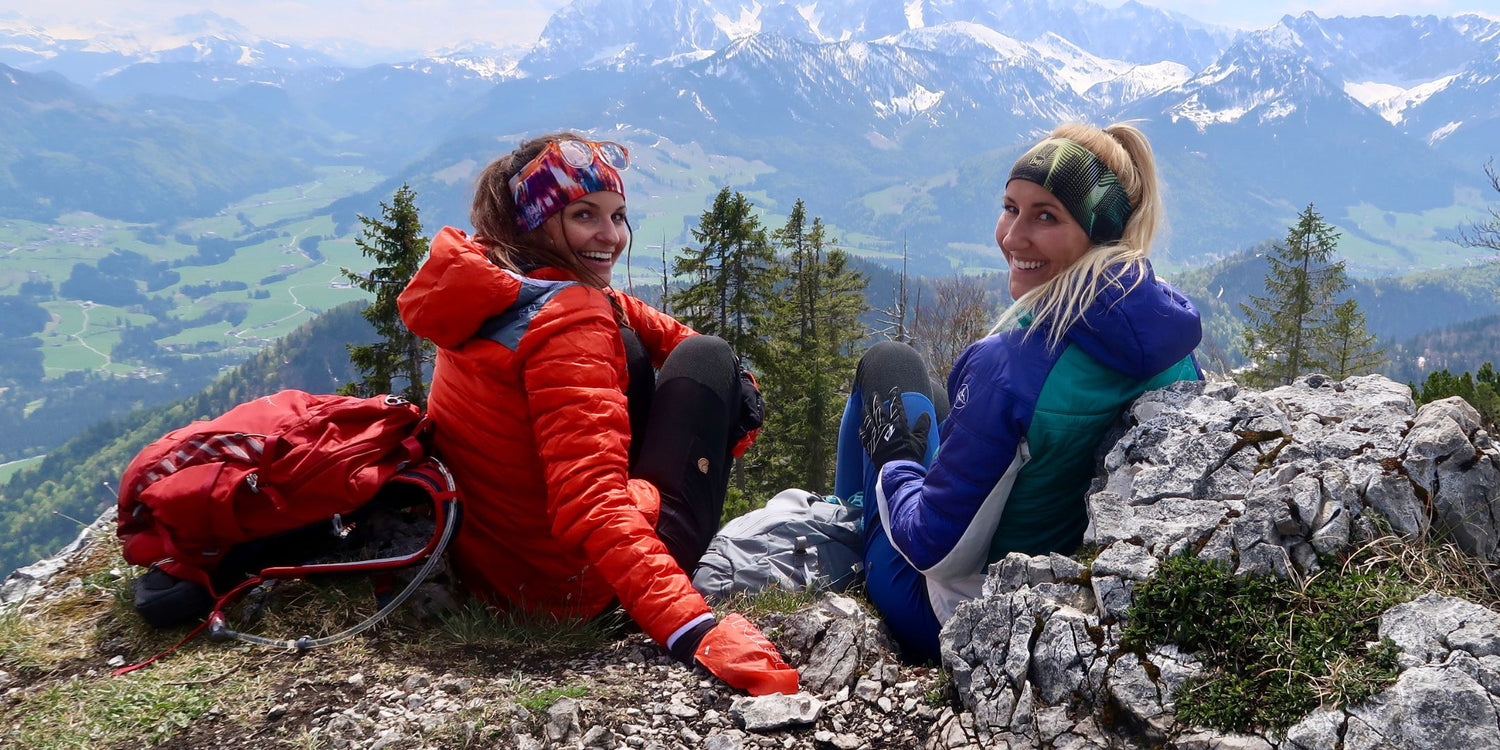
Winter athletes are made in summer - and that also applies to you! With regular endurance training and targeted strength training, you can prepare yourself optimally for the winter sports season. It is not necessary to achieve top athletic performance in order to do something good for your health. Even those who practice their favorite sport at a leisurely pace can benefit from it. Find a sport that you enjoy and diversify your training. But be careful: It's important not to overstress your body at the beginning and to increase slowly. A training partner can also help to maintain motivation. Like this: Get ready for your #mymountainpassion !



